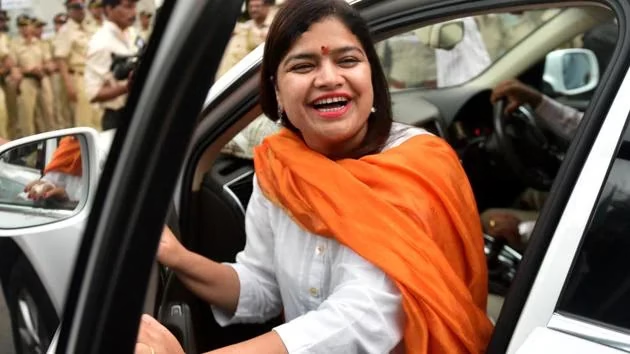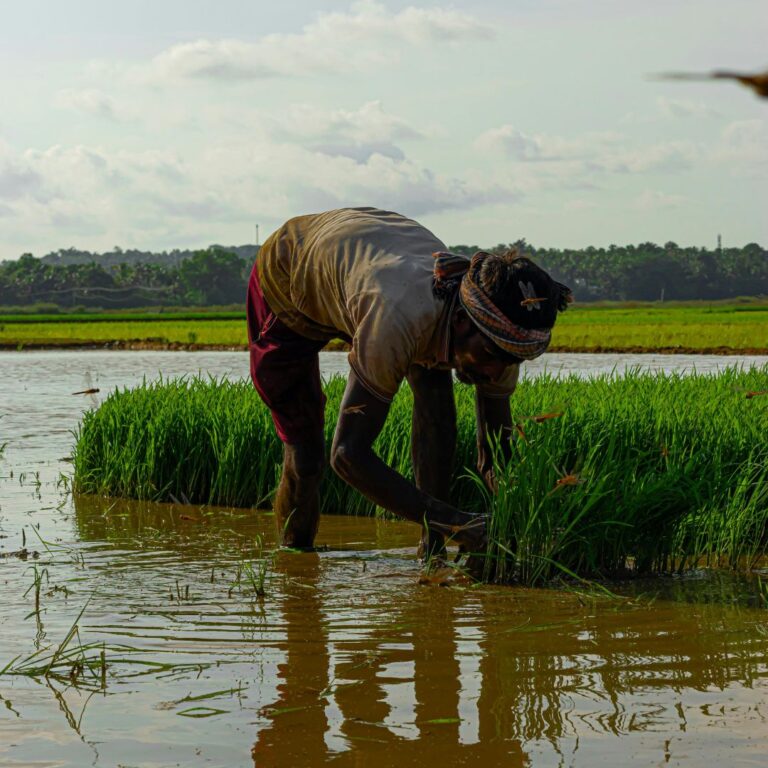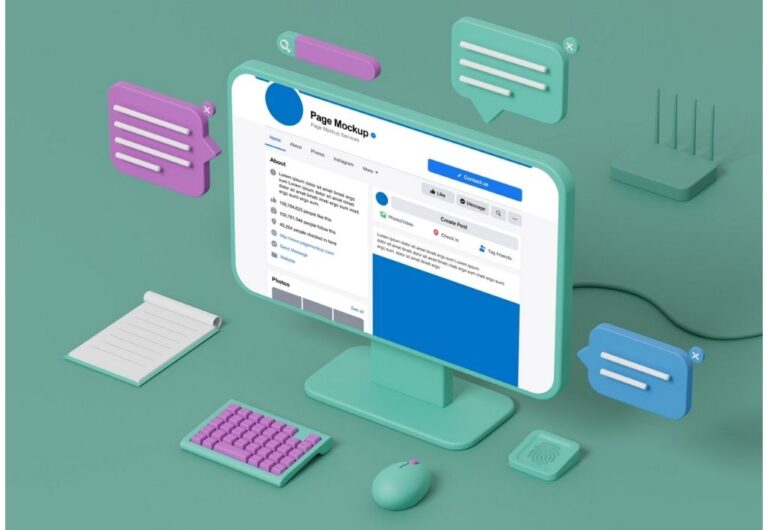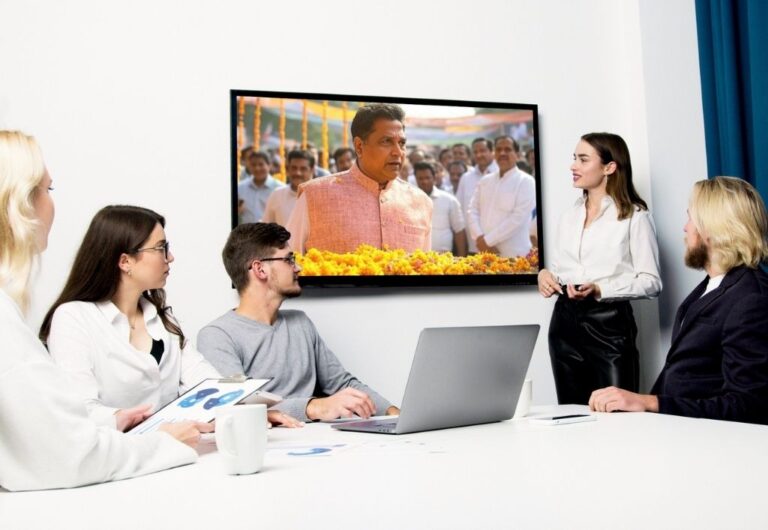Introduction
In the digital age, social media has emerged as a formidable force in political arenas worldwide. In India, with its vast and diverse electorate, platforms like Twitter, Facebook, Instagram, and WhatsApp have become indispensable tools for political parties and leaders. As the 2025 general elections approach, understanding the profound impact of social media on electoral outcomes is crucial.
The Digital Transformation of Indian Politics
The Rise of Social Media in Electioneering
The integration of social media into Indian politics began earnestly in the early 2010s. Recognizing the potential to reach millions, political parties started leveraging these platforms to disseminate their messages, engage with voters, and counteract opposition narratives.
Social Media Statistics in India
- User Base Growth: As of 2024, India boasts over 700 million internet users, with approximately 500 million active on social media platforms.
- Platform Popularity:
- WhatsApp: Over 400 million users
- Facebook: Approximately 350 million users
- Instagram: Around 180 million users
- Twitter: Close to 30 million users
[ays_chart id=’3′]
These numbers underscore the vast audience political entities can tap into through digital channels.
Social Media’s Influence on Political Parties
Crafting Digital Campaign Strategies
Political parties have recognized the necessity of a robust online presence. Dedicated digital teams are employed to curate content, monitor trends, and engage with the electorate in real-time.
Case Study: Bharatiya Janata Party (BJP)

The BJP has been at the forefront of utilizing social media to its advantage:
- 2014 General Elections: The BJP’s campaign was marked by innovative digital initiatives. The “I Support Narendra Modi” (ISN) group played a pivotal role, mobilizing young voters through platforms like Facebook. Their efforts included organizing events such as “Chai Pe Charcha,” facilitating direct interactions between Narendra Modi and citizens. en.wikipedia.org
- 2019 General Elections: The party’s digital strategy evolved with the launch of the NaMo App, serving as a centralized platform for supporters. This app facilitated content dissemination and volunteer coordination, amplifying the party’s reach. arxiv.org
- 2024 General Elections: A secret war room in New Delhi, led by Sapiens Research founder Rimjhim Gour, played a significant role in mobilizing female voters for the BJP. The team utilized data analysis, social media, call centers, and self-help groups to target and activate 12.5 million female voters, highlighting the growing role of technology and data in elections. wired.com
Opposition Parties’ Digital Endeavors

Recognizing the BJP’s digital dominance, opposition parties have ramped up their online efforts:
- Indian National Congress (INC): The INC has increased its social media presence, aiming to engage younger voters and counteract the narratives set by the BJP. Their campaigns focus on highlighting policy differences and presenting alternative visions for India’s future.
- Aam Aadmi Party (AAP): Known for its grassroots approach, AAP leverages social media to crowdsource ideas, fundraise, and mobilize volunteers, creating a participatory political environment.
Impact on Voter Behavior
Information Accessibility and Voter Education
Social media platforms have democratized information dissemination:
- Real-Time Updates: Voters receive instant news updates, policy announcements, and live streams of political events, enabling them to make informed decisions.
- Fact-Checking: Independent fact-checking organizations utilize social media to debunk misinformation, fostering a more informed electorate.
Echo Chambers and Polarization
While social media connects individuals, it also has the potential to create echo chambers:
- Algorithm-Driven Content: Platforms often curate content that aligns with users’ existing beliefs, reinforcing biases and limiting exposure to diverse perspectives.
- Case Study: Studies have shown that users sharing content via the NaMo App on Twitter are likely part of an online echo chamber, predominantly comprising BJP supporters. arxiv.org
Notable Social Media Campaigns in Indian Elections
Poonam Mahajan’s 2019 Campaign

Poonam Mahajan, a BJP candidate, ran an innovative social media campaign during the 2019 elections:
- Youth Engagement: She launched a volunteer network campaign on Instagram, attracting over 3,000 applications from young individuals nationwide within a day.
- Interactive Initiatives: Campaigns like #AskPoonam allowed followers to engage directly, asking questions ranging from policy issues to personal interests.
- Millennial Merchandise: To appeal to young voters, her team distributed T-shirts and accessories featuring pop culture references from “Game of Thrones,” “Harry Potter,” and “Star Wars.” en.wikipedia.org
Hashtag Campaigns and Trend Manipulation
The strategic use of hashtags has been instrumental in shaping online political discourse:
- Coordinated Efforts: During the 2019 elections, networks of WhatsApp groups were used to manipulate Twitter trends through coordinated mass postings, producing hundreds of nationwide Twitter trends. arxiv.org
- Impact on Public Perception: Trending hashtags can sway public opinion, create narratives, and keep specific issues in the limelight, influencing voter perceptions and discussions.
Challenges and Ethical Considerations
Misinformation and Fake News
The rapid spread of information on social media has a downside:
- Deepfakes and AI-generated Content: As AI-generated videos and deepfakes become more advanced, political campaigns can manipulate public opinion through misleading content.
- WhatsApp Misinformation: Given India’s massive WhatsApp user base, political parties have been accused of using the platform to spread fake news and propaganda in bulk.
- Example: During the 2019 elections, misinformation campaigns circulated extensively, leading platforms like Facebook and Twitter to tighten regulations and fact-checking efforts.
Regulatory Measures and Platform Accountability
With social media playing a crucial role in elections, regulatory oversight is becoming essential:
- Election Commission of India (ECI) Initiatives: The ECI has partnered with platforms to monitor and curb fake news.
- Social Media Code of Conduct: Before the 2019 elections, the ECI introduced a voluntary Code of Ethics, requiring social media companies to act against violations.
- Transparency in Political Ads: Facebook and Google now provide ad libraries detailing political advertising spend and reach.
The Road to 2025: Social Media’s Growing Influence
Predicting the Future Trends
As India heads toward the 2025 elections, social media’s role will continue to evolve:
- Hyper-Personalized Political Messaging: Data analytics and AI will allow political parties to target individual voters with personalized messages based on their online behavior.
- Influencer and Micro-Influencer Campaigns: Beyond traditional media, political parties are increasingly collaborating with digital influencers to push their narratives.
- Short-Form Video Content: Platforms like Instagram Reels, YouTube Shorts, and TikTok (if reinstated) will be major battlegrounds for voter engagement.
Potential Game-Changers in 2025 Elections
- BJP’s Digital Strategy: The BJP, with its robust IT cell, will likely leverage AI-driven campaigns to enhance its voter outreach.
- Congress and Regional Parties’ Digital Push: To counter BJP’s digital dominance, opposition parties may deploy aggressive social media strategies.
- Public Sentiment Monitoring: AI tools will be used to analyze public sentiment in real-time, helping parties tweak their narratives instantly.
Conclusion
Social media has fundamentally transformed the electoral landscape in India. From enabling mass outreach to influencing voter perceptions, platforms like Twitter, Facebook, Instagram, and WhatsApp are now indispensable tools for political parties. As the 2025 elections approach, leveraging social media effectively will be a key determinant of electoral success.
Call to Action
As a voter, staying informed and verifying sources before believing or sharing political content is crucial. Follow reliable news sources, engage in constructive discussions, and ensure your vote is based on facts, not manipulated narratives.




